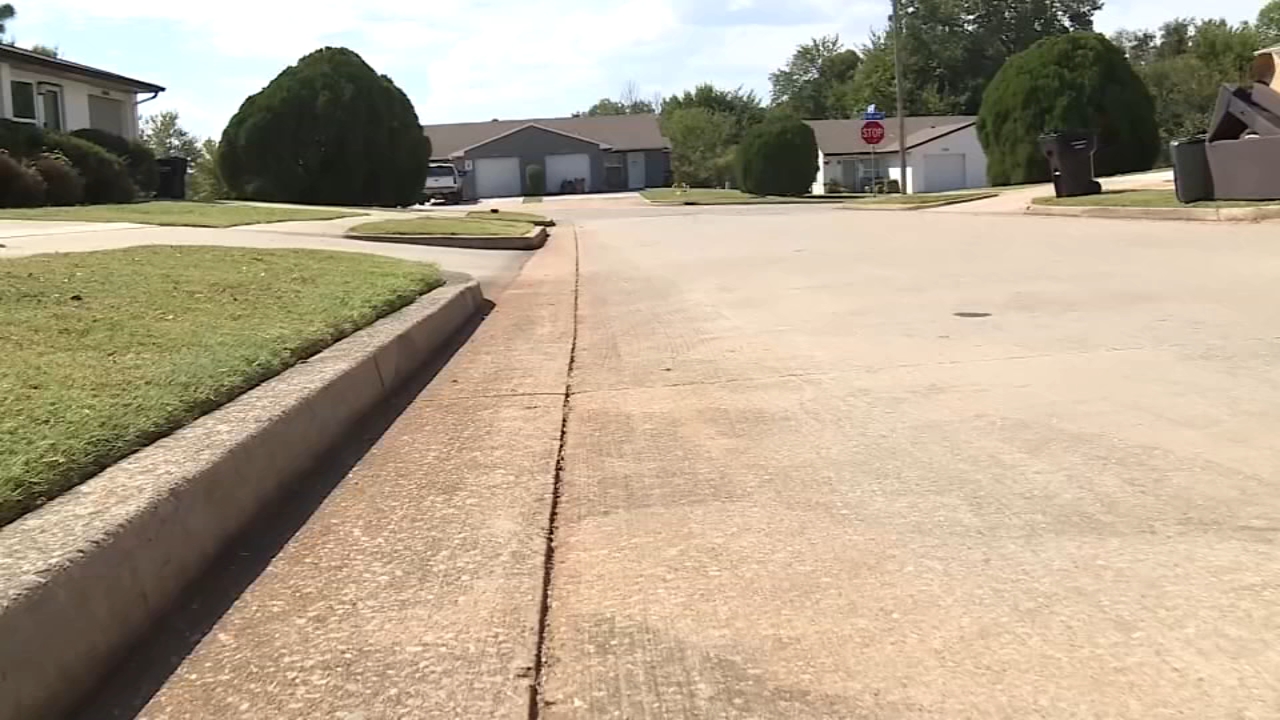Report on Indiana’s Strategic Response to Internet Crimes Against Children in Alignment with Sustainable Development Goals
Introduction: A Proactive Stance on Child Protection
In response to a nationwide increase in internet crimes against children, the state of Indiana is implementing proactive measures to enhance law enforcement capabilities and safeguard vulnerable populations. The Indianapolis Metropolitan Police Department (IMPD) has launched a new mobile forensic unit, a strategic initiative that directly supports the United Nations Sustainable Development Goals (SDGs), particularly SDG 16: Peace, Justice and Strong Institutions. This effort is a critical step toward achieving Target 16.2, which calls for an end to abuse, exploitation, trafficking, and all forms of violence against children.
The Escalating Threat: Statistical Analysis
The urgency of these measures is underscored by alarming statistics on the prevalence of child sexual abuse and online exploitation. Data provided by the non-profit organization kNot Today highlights a significant and growing problem.
- Initial national data indicated that one in ten children were affected by sexual abuse.
- More recent research suggests the figure could be as high as 22%, or nearly one in five children, when accounting for online exploitation, peer-to-peer abuse, and traditional abuse.
- The Indiana Internet Crimes Against Children (ICAC) Task Force has witnessed an exponential rise in cases. Sgt. Christopher Cecil, ICAC Commander, reported that cyber tips increased from approximately 329 for the entire year of 2005 to 10,000 within the first seven months of the current year alone.
This dramatic increase demonstrates a clear and present danger to child welfare, demanding robust institutional responses as outlined in SDG 16.
Strategic Innovations for Justice and Well-being
To address this challenge, the IMPD has deployed new assets designed to improve the efficiency and effectiveness of investigations, thereby contributing to multiple SDGs.
The IMPD Mobile Command Unit
The new mobile unit represents a significant advancement in law enforcement infrastructure, aligning with SDG 9: Industry, Innovation and Infrastructure. Its capabilities allow for:
- On-site processing of forensic data from digital devices.
- Conducting immediate interviews at the crime scene.
According to IMPD Deputy Chief Kendale Adams, this on-site capacity makes investigations “more efficient for our detectives.” This efficiency is crucial not only for securing justice but also for supporting SDG 3: Good Health and Well-being. As noted by Emma Marsh, Executive Director of kNot Today, expediting the investigative process helps “children get access to what they need to start their healing journey.”
Specialized K-9 Unit
Further enhancing these innovative capabilities, IMPD will deploy K-9 Samson, an electronic storage device detection dog, to locate hidden digital evidence crucial in child sex crime cases.
Partnerships and Prevention (SDG 17)
The initiative highlights a strong collaboration between government bodies and civil society, a core principle of SDG 17: Partnerships for the Goals. The partnership between the IMPD and kNot Today exemplifies how multi-stakeholder efforts can create a comprehensive approach to complex social issues.
Recommendations for Public Vigilance
Advocates stress that institutional action must be complemented by community and parental vigilance. kNot Today provides the following preventative recommendations for parents to help achieve SDG 16.2 at the community level:
- Acknowledge that offenders are active on any app or platform used by children.
- Establish and enforce limits on screen time.
- Maintain awareness of the websites, games, and applications their children use.
- Observe for behavioral red flags, such as a child becoming unusually protective of a digital device.
Conclusion
Indiana’s deployment of a mobile forensic unit and its partnership with advocacy groups represents a comprehensive strategy to combat internet crimes against children. This approach integrates technological innovation (SDG 9), a commitment to victim well-being (SDG 3), and multi-stakeholder collaboration (SDG 17) to build stronger institutions and deliver justice (SDG 16). These actions constitute a decisive local contribution to the global agenda of ensuring the safety and protection of all children.
SDGs Addressed in the Article
SDG 16: Peace, Justice and Strong Institutions
- The article focuses on combating “internet crimes against children,” which is a direct concern of SDG 16. It highlights the efforts of law enforcement agencies like the Indianapolis Metropolitan Police Department (IMPD) and the Internet Crimes Against Children Task Force (ICAC) to strengthen their capacity to respond to these crimes. The introduction of a new mobile unit and a specially trained K-9 are examples of building stronger, more effective institutions to protect children and ensure justice.
SDG 3: Good Health and Well-being
- The article touches upon the consequences of child sexual abuse on victims’ well-being. The non-profit kNot Today emphasizes the importance of time in helping “children get access to what they need to start their healing journey,” which directly relates to promoting mental health and recovery for victims of violence.
Specific SDG Targets Identified
Target 16.2: End abuse, exploitation, trafficking and all forms of violence against and torture of children.
- This target is the central theme of the article. The entire piece discusses the rise of “online exploitation, peer-to-peer sexual abuse, or traditional types of sexual abuse” against children and the proactive measures being taken by Indiana authorities to fight these specific forms of violence and exploitation.
Target 16.3: Promote the rule of law at the national and international levels and ensure equal access to justice for all.
- The introduction of the IMPD mobile unit is a clear effort to improve the justice process. The unit allows officers to “process forensic data and conduct interviews directly at crime scenes,” making the investigation “more efficient for our detectives.” This enhances the capacity of the justice system to respond effectively and swiftly, thereby promoting the rule of law.
Target 3.4: By 2030, reduce by one third premature mortality from non-communicable diseases through prevention and treatment and promote mental health and well-being.
- The article connects to the “promote mental health and well-being” aspect of this target. The statement from Emma Marsh about helping children “get access to what they need to start their healing journey” underscores the need for mental health support and services for survivors of abuse.
Indicators for Measuring Progress
Prevalence of sexual violence against children.
- The article provides specific statistics that serve as indicators for Target 16.2. It mentions that “national data indicates that one in ten children are affected by sexual abuse” and that recent research suggests “that number could be as close to 22%, one in five children.” These figures are direct measures of the scale of the problem.
Number of reported cases of online crimes against children.
- The article provides a clear indicator of the trend in reported crimes. Sgt. Christopher Cecil states, “in 2005, Indiana received around 325-329 cyber tips. Right now, we are seven months into the year, and we are already at 10,000 cyber tips.” This data point measures the volume of reported incidents, reflecting both the rise in crime and potentially increased public awareness and reporting.
Institutional capacity and efficiency in law enforcement.
- The article implies indicators of improved institutional capacity (Target 16.3). The deployment of the “new mobile unit” and “K-9 Samson” are tangible assets that enhance law enforcement’s ability to investigate crimes. The description of the new process as “more efficient for our detectives” is a qualitative indicator of improved operational effectiveness.
Summary of SDGs, Targets, and Indicators
| SDGs | Targets | Indicators |
|---|---|---|
| SDG 16: Peace, Justice and Strong Institutions | 16.2: End abuse, exploitation, trafficking and all forms of violence against and torture of children. |
|
| SDG 16: Peace, Justice and Strong Institutions | 16.3: Promote the rule of law at the national and international levels and ensure equal access to justice for all. |
|
| SDG 3: Good Health and Well-being | 3.4: …promote mental health and well-being. |
|
Source: wrtv.com







